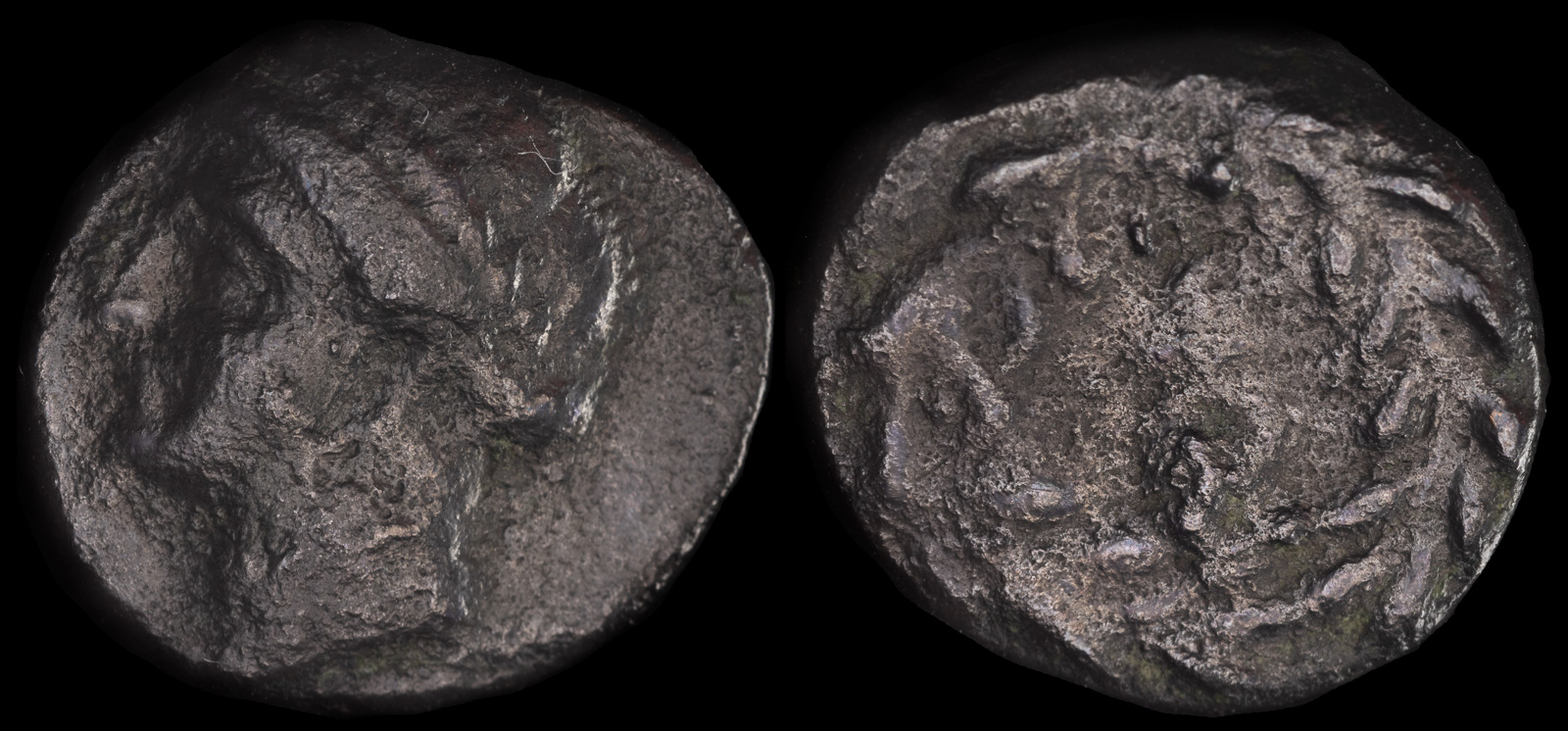Ankh
View All Tags
On ancient Egyptian coinage, particularly during the Ptolemaic dynasty (305–30 BCE), the Ankh was often depicted alongside the portraits of the ruling pharaohs or gods, reinforcing the divine authority of the ruler and their connection to the gods who bestowed life. The Ankh in this context was not just a religious symbol but a political one. It served to link the ruler to the divine, emphasizing the king’s divine right to rule and the blessing of immortality bestowed upon the Egyptian monarchy. Coins depicting the Ankh often feature the symbol held by gods or pharaohs in their hands, suggesting that these figures had the power to bestow life and ensure the continuation of prosperity.
The Ankh also symbolized eternal life and the continuation of the soul, reflecting the ancient Egyptians’ belief in an afterlife. In this regard, the Ankh was often associated with the gods of the Egyptian pantheon, particularly Osiris, the god of the afterlife, and Isis, the goddess of magic and healing. On coins minted during the Roman period in Egypt, the Ankh could symbolize the eternity of the imperial rule in Egypt and its association with the ancient, unchanging Egyptian religious traditions. This was especially evident during the reign of the Ptolemies, who sought to maintain the ancient Egyptian religious practices while integrating themselves into the broader Hellenistic world.
Moreover, the Ankh could also symbolize prosperity and protection, as it was seen as an amulet that could safeguard the wearer and ensure their well-being. In this sense, the symbol appeared not only as an expression of religious and political power but also as a protective charm on coins, serving as a token of good fortune for those who carried them. It was believed that the Ankh had the power to ward off evil and ensure that those who possessed it would be granted health and long life, making it a highly valued symbol of divine favor.
The Ankh’s presence in Cyprus reflected the fusion of Egyptian religious symbolism with the island’s local and Hellenistic traditions, emphasizing themes of life, regeneration, and divine authority.

Evnostos of Soloi
circa 310 BCE
Æ 2.33g, 15mm, 6h
Head of Aphrodite to left /
Ankh within wreath. Tziambazis 145 var. (head to right, pellet within ankh)